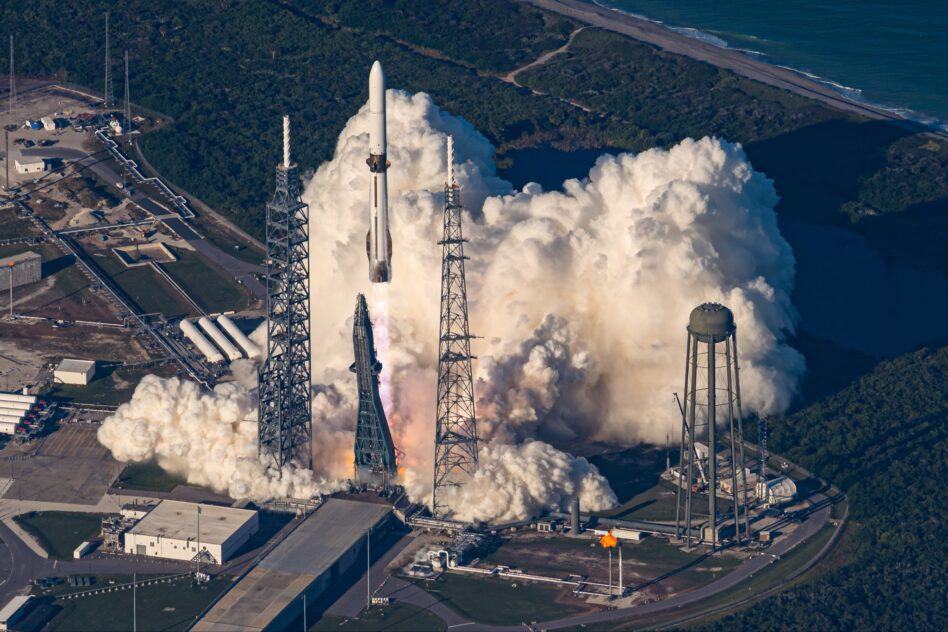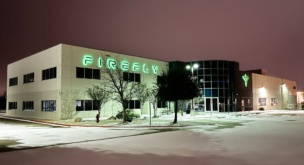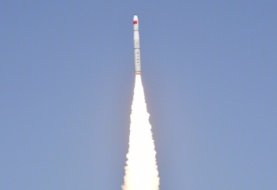After a five-year gap in new missions focused on Mars, NASA is on its way back.
Yesterday afternoon at 3:55pm, Blue Origin’s New Glenn rocket launched for the second time, carrying its first NASA mission—the Escape and Plasma Acceleration and Dynamics Explorers project, better known as ESCAPADE. (New Glenn also completed its first booster landing to the roar of a crowd.)
To complete the ~$80M mission—under budget, we might add—traditional science institutions and the commercial space industry came together:
- UC Berkeley Space Sciences Laboratory (SSL) led the mission design and development;
- Rocket Lab ($RKLB) built the twin spacecraft, Blue and Gold, that make up the mission architecture;
- Blue Origin launched the mission, aboard New Glenn.
Bang for your buck: ESCAPADE is the latest mission formed under NASA’s SIMPLEx (Small Innovative Missions for Planetary Exploration) program, which aims to study the other planets in the solar system at a fraction of the cost of traditional flagship NASA missions.
It’s a bold vision—but one that may be about to come to fruition. The price tag was about a tenth of what a traditional NASA mission to Mars would have cost, according to Robert Lillis, principal investigator for ESCAPADE and associate director for planetary science at SSL.
“So far, there’s been four other missions under this SIMPLEx program, starting from 2015. None have succeeded of those four, and we’re the fifth,” Lillis told Payload.
That leaves a lot weighing on ESCAPADE’s success, particularly in a moment when NASA science is under financial pressure.
“We do feel pressure, because we’re afraid that if NASA rejects this new way of doing things, that it’ll go back to the old way. Which is great—I think NASA should have a range of different mission levels. For the big flagships, yeah, you should spend the money, because they’re highly visible. But they should be willing to take some risks on these smaller ones,” Lillis said.
Getting scrappy: The cross-collaboration between UC Berkeley and commercial space made some parts of the mission development process move differently—but it also delivered the mission to the launchpad under budget (if a year late, due to delays for its ride to space).
“There were times when they did things one way, we do things a different way, and we just have to talk it out,” Lillis said. “And there was lots and lots of just discussion, as usual. Occasional friction. But we were all working in the same direction, and I think it turned out to be a really mutually beneficial relationship.”
And there were plot twists. Rocket Lab changed its thruster from an in-house design to a procured piece of equipment partway through mission design, which moved Berkeley to reassess certain pieces of its mission plan. There was also a hitch with the tanks for the mission, when the contractor failed. The commercial partnership and fixed-price structure meant that the issue was fixed without any additional cost to NASA.
“Rocket Lab had to spin up their own internal tank manufacturing process: partly 3D printed, partly not,” Lillis said. “They did that in parallel, and that turned out to be a major lifesaver, because the contractor just failed, and if it hadn’t, the tanks could have been a mission killer.”
Doing science: ESCAPADE will soon be journeying to Mars, where the twin spacecraft are meant to take measurements that will help us understand the interactions between the solar wind and the Martian atmosphere—an understanding that could help us track the evolution of Mars’ drying environment over time.
For the first ~45 days of the mission, members of the UC Berkeley team will work with Rocket Lab to commission the two spacecraft. Berkeley will then take over operation of the mission, but Rocket Lab will stay involved all the way until Mars orbital insertion and beyond for support of the mission.




